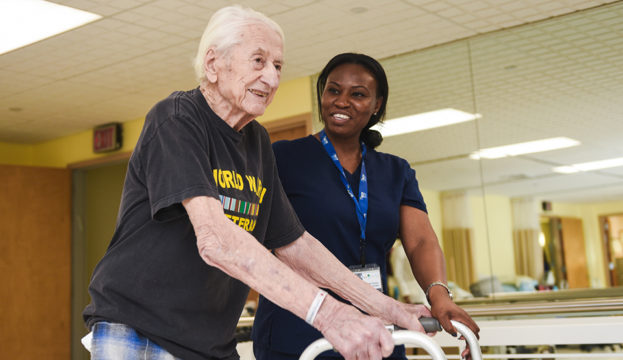Boosting Healing Through Personalized Exercise Strategies in Clinical Approaches
Wiki Article
Recovery is an essential process for individuals who have experienced surgeries, or other health conditions. Rehabilitation initiatives play a vital role in assisting these patients to regain their resilience, improve movement, and reintegrate to their daily tasks. Customized fitness prescription is a critical component of successful rehabilitation. This means that workouts are specifically designed to address the unique requirements of each individual. By concentrating on personalized therapy plans, recovery programs can accelerate healing and promote better wellness outcomes.
One of the initial steps in creating a tailored exercise plan is assessing the patient’s status. Healthcare practitioners perform evaluations to determine the specific restrictions and abilities of each person. This might include functional assessments, conversations about medical background, and goals for rehabilitation. For example, an sportsperson recovering from a knee condition may have different needs than an elderly individual healing from hip operation. By acknowledging these variations, practitioners can design an exercise program that addresses the unique aspects of each situation.

Incorporating multiple types of workouts is essential for effective recovery. Strength training , mobility exercises, and cardiovascular exercises all serve vital roles in recovery. Resistance training helps restore muscle strength and enhance endurance, which is particularly critical after long periods of sedentary time. Flexibility exercises increase joint mobility and prevent rigidity in articulations. Aerobic activities, like brisk walking or cycling, boost overall fitness and promote heart health. A comprehensive fitness plan that includes all these components can significantly aid in the rehabilitation journey.
Monitoring advancement is another essential element of recovery programs with customized fitness plans. As patients participate in their personalized routines, medical practitioners track improvements and implement required adjustments to the program. This continuous assessment ensures that the exercises remain beneficial and suitable as the individual progresses. Establishing defined milestones can also motivate participants during their rehabilitation process. Achieving incremental goals builds self-assurance and encourages persistence in adhering with the recovery regimen.
Ultimately, enhancing rehabilitation through tailored fitness prescription requires collaboration between healthcare providers and patients participating in recovery. Open communication is key to recognizing how each person responds throughout their recovery process. By collaborating jointly, both parties can identify any challenges treatment for back pain in physical therapy and celebrate achievements along the way. Tailored rehabilitation plans not only help Full Article individuals heal physiologically but also add to their mental well-being by instilling a sense of achievement and self-reliance as they work towards their wellness goals.